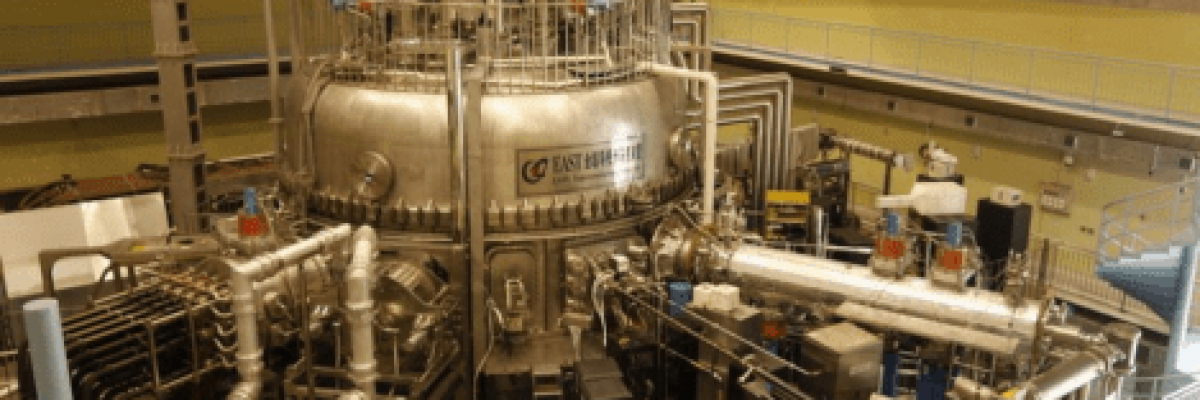On November 16, 2018 a scientific milestone was recorded – scientists conducting experiments in Chinese laboratories produced an “artificial sun”. This “sun” reached a temperature of 100 million degrees Celsius for a period of 10 seconds. That is 8 times the temperature of Earth’s sun!
But how does this achievement contribute to humanity, science and the planet?
These unique conditions allow for energy production by fusion. In this process, two lighter atomic nuclei fuse to form a heavier nucleus, while releasing energy. It is a process similar to naturally occurring fusion in stars like our sun. Fusion processes require fuel, high temperatures and pressure enclosed structures to create plasma the basis of fusion. In stars, the most common fuel is hydrogen, and gravity creates the high temperature and voltage required for a merger or fuse.
Fusion reactors typically use hydrogen isotopes such as deuterium and tritium, which react more easily and can form plasma.
This energy source has many advantages:
Hydrogen is a common gas on the planet and enough of it is available to produce energy for millions of years. The impact of the process on the environment, especially with respect to greenhouse gas emissions, is minor, i.e., the process and the raw material are not considered polluting. For example, in order to supply energy to a city of one million residents, we need 250 million kilograms of oil or 400,000,000 kilograms of coal. Alternatively for the same energy, 40 kilograms of fusion fuel are enough.
Unlike nuclear energy, there is no need to transport radioactive materials and no radioactive waste is created as a by-product that endangers the population and the environment.
If we move over to using fusion reactors, the power plants will be safer, eliminating dangers such as the melting of the reactor and leakage of radioactive materials, as happened in the Chernobyl disaster.




